The shift towards a sustainable energy future is among our most urgent challenges. As Europe strives to achieve its bold climate goals and lessen reliance on fossil fuels, innovative approaches are essential to revolutionise energy generation, distribution, and use. To tackle these issues, experts, researchers, policymakers, and innovators from worldwide gathered at the Sustainable Places 2025 conference in Milan, Italy, from October 8th to 10th. This key event, organised jointly with the Comune di Milano and R2M, has become Europe’s top platform for sustainability in the built environment, uniting research, policy, and market insights.
The context: Why flexible energy communities matter
Energy communities represent a significant shift in the energy sector. As defined by EU Directive 2019/944, Citizen Energy Communities (CECs) are non-profit legal entities that allow citizens to collectively generate, distribute, supply, consume, aggregate, and store energy. These communities are governed by their members or stakeholders, giving decision-making power directly to those most affected by energy choices. Creating successful energy communities requires more than installing solar panels and batteries. The main challenge is coordinating various stakeholders, optimizing distributed energy resources, and ensuring fair participation in energy markets. Flexibility is crucial in this context. Flexible energy communities can modify their energy use and generation according to grid conditions, price signals, and environmental factors, providing services that enhance grid stability and reliability.
The Sustainable Places 2025 Workshop: Building flexible energy communities
A key highlight of Sustainable Places 2025 was the workshop titled “Building flexible energy communities: Remuneration, aggregation & market interfaces.” This session featured several prominent EU-funded projects, such as NEON, STUNNED, MASTERPIECE, FEDECOM, ENERGENIUS, INDEPENDENT, InterPED and E-BUSCO, focusing on the real-world challenges and innovative strategies for developing a decentralised and resilient energy system. The workshop was structured around three critical pillars that represent the key areas where innovation is needed to unlock the full potential of decentralised energy. These pillars emerged from extensive research and real-world experience in implementing energy community projects across Europe.
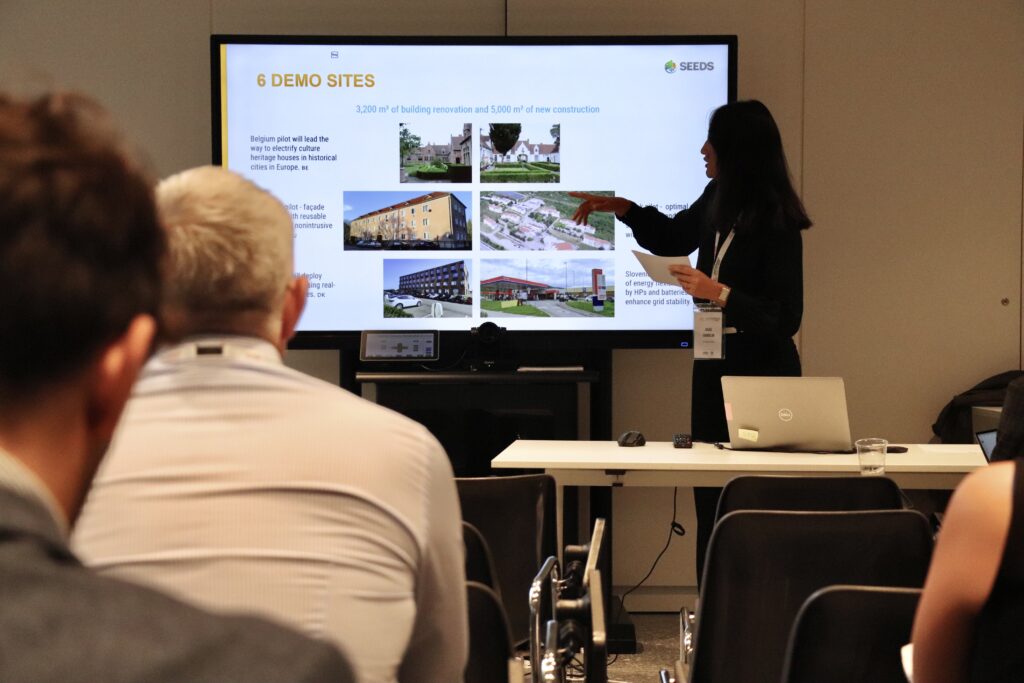

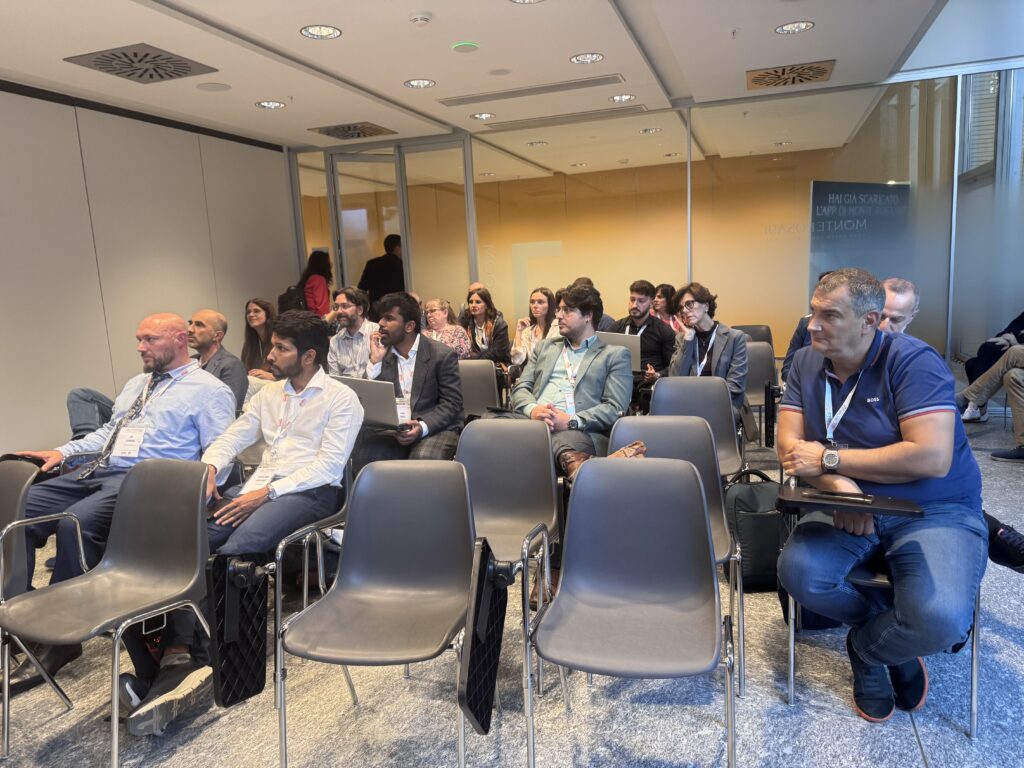
Pillar 1: Operational Complexity – Optimizing Distributed Energy Assets and Flexibility Activation
The first pillar tackles the technical challenges of managing distributed energy resources and creating optimisation strategies for flexibility services. Unlike traditional centralised energy systems, where a few large power plants supply electricity to millions, energy communities consist of hundreds or thousands of small-scale generators, storage units, and flexible loads that need real-time coordination. This operational complexity is increased by the challenge of balancing two conflicting goals: load optimisation and flexibility commitments. Load optimisation focuses on choosing the best times and amount of energy use to reduce costs or maximise renewable energy utilisation. Flexibility, however, demands a readiness to adjust consumption behaviour based on external signals, even if it means diverging from the optimal energy plan schedule.

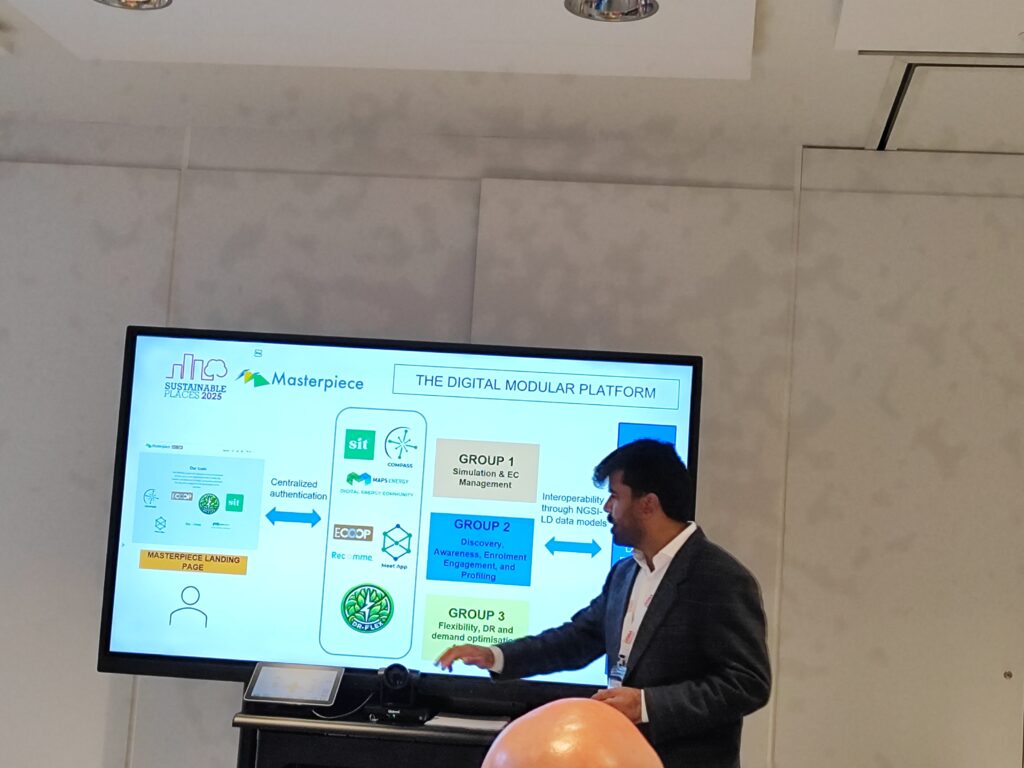
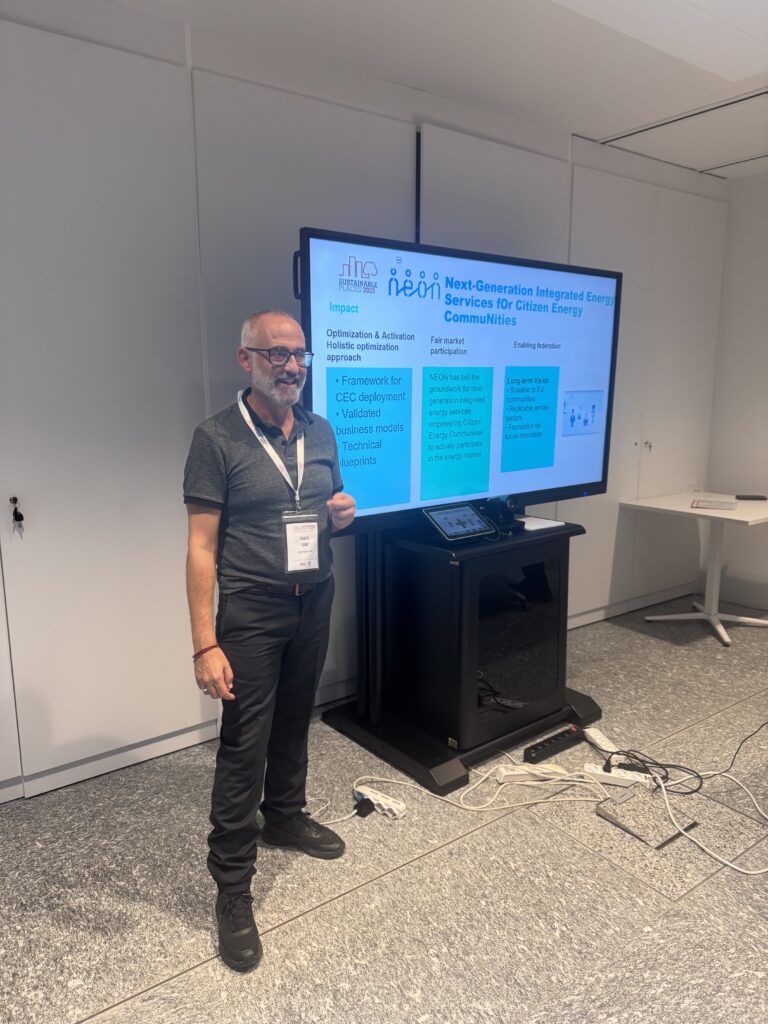
Projects like STUNNED have implemented advanced multi-path strategies to tackle this issue. By modelling energy and thermal paths at various levels of flexible execution, these systems can maintain all operational scenarios within acceptable thermal comfort limits while maximising cost efficiency and revenue. They utilise sophisticated methods, including bi-level Stackelberg game optimization, suitable for both centralized and decentralized setups.
Pillar 2: Governance and Contractual Innovation – Fair Stakeholder Agreements, Incentives, and Market Participation
The second pillar emphasises the importance of business and legal structures that support fair and equitable participation in energy communities. A major obstacle to the broad adoption of such communities is the absence of clear models for coordination, control, and fair compensation among involved stakeholders. Energy communities consist of various actors with diverse interests and capabilities, such as transmission system operators (TSOs), distribution system operators (DSOs), aggregators, prosumers (who both produce and consume energy), and end users. All these stakeholders are vital to the system and should receive fair compensation for their contributions.
Innovative contractual frameworks are essential for supporting these complex relationships. This involves creating interoperable contracts with standard templates between aggregators and flexibility providers, which streamline agreements and lower transaction costs. Payment schemes should include availability payments for being prepared to offer flexibility, activation payments for actual delivery, and performance bonuses or penalties based on compliance. Regulatory innovation plays a crucial role. Many current regulations were created for a centralized energy system and often don’t meet the needs of decentralised energy communities. Regulatory sandboxes, which offer a safe space for testing new business models, help policymakers identify effective approaches. Additionally, TOTEX (total expenditure) incentives and participatory governance models can foster innovation and ensure that all stakeholders have a say in decisions.
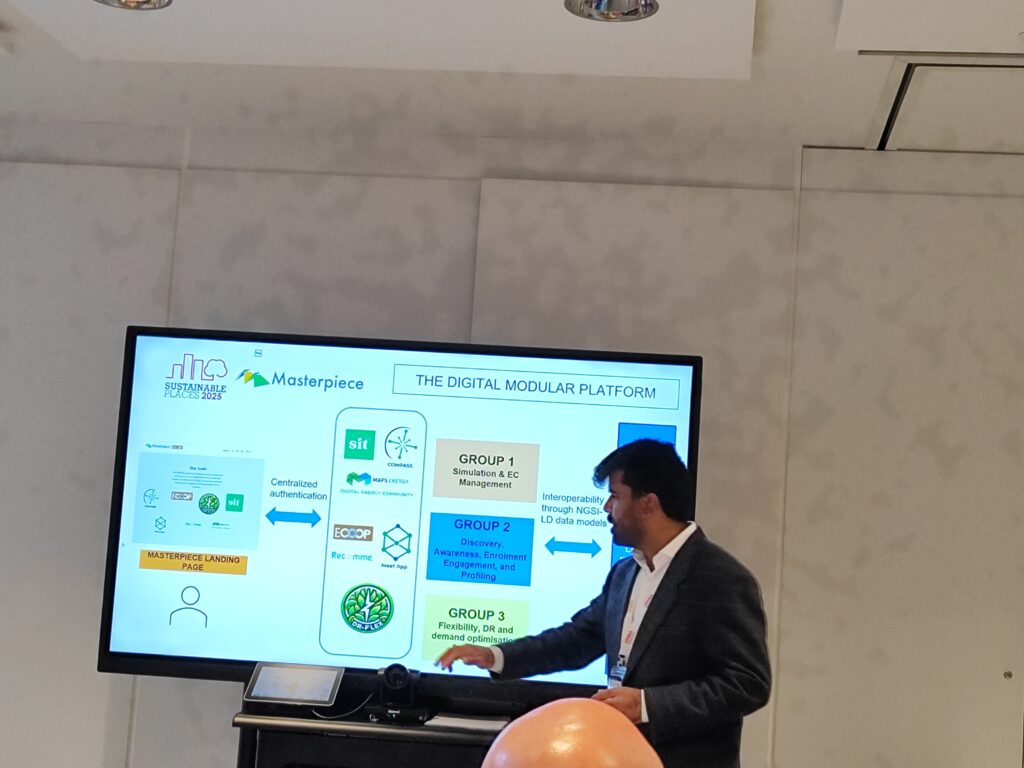

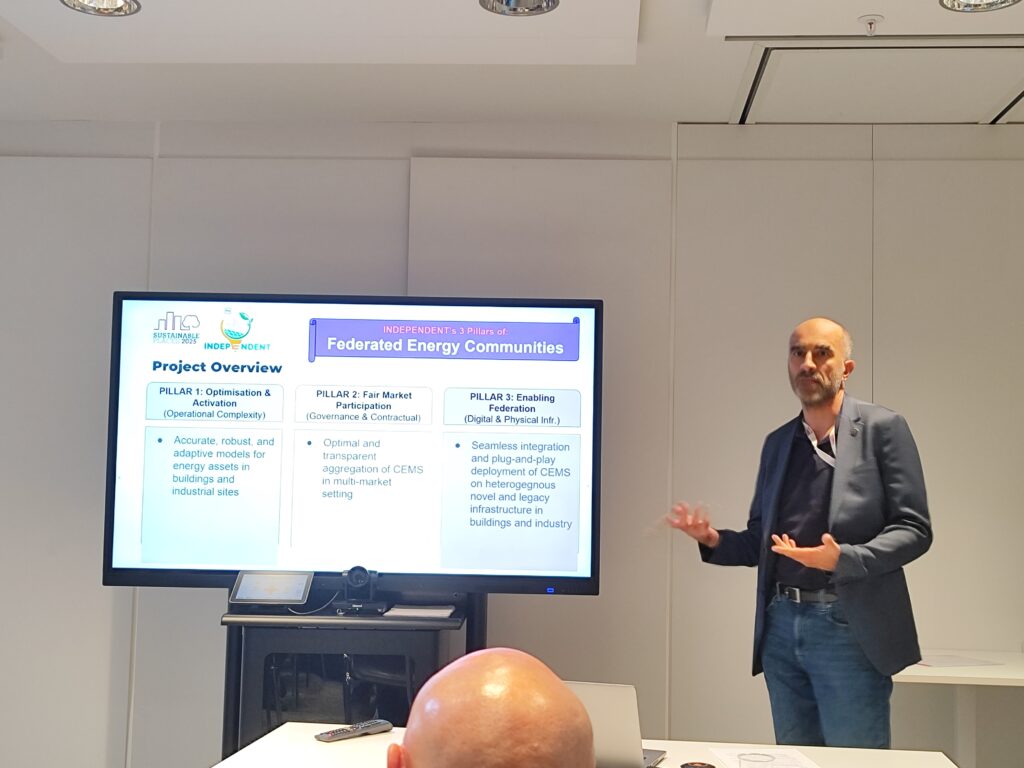
Pillar 3: Enabling Digital and Physical Infrastructure – Hardware and Software for Flexible Deployment
The third pillar tackles the practical question of which tools, platforms, and interfaces are necessary to facilitate flexibility in implementation. This encompasses both digital infrastructure—such as software platforms, communication protocols, and data management systems—and physical infrastructure, including smart meters, sensors, and control systems.
Digital platforms are essential for supporting energy communities. They should feature intuitive interfaces for users, support hierarchical setups mirroring the community’s organisational structure, and provide real-time visualisation of key performance indicators (KPIs). Additionally, they must connect with local hardware using hubs that link to appliances through their native protocols, effectively bridging the cloud platform and physical devices.Advanced models and algorithms are crucial for informed energy management decisions. They must collect time series data from multiple sources, calibrate predictive models as needed, and deliver forecasts that support proactive management instead of reactive responses. Some initiatives are investigating artificial intelligence and machine learning to enhance the accuracy of these predictions over time.
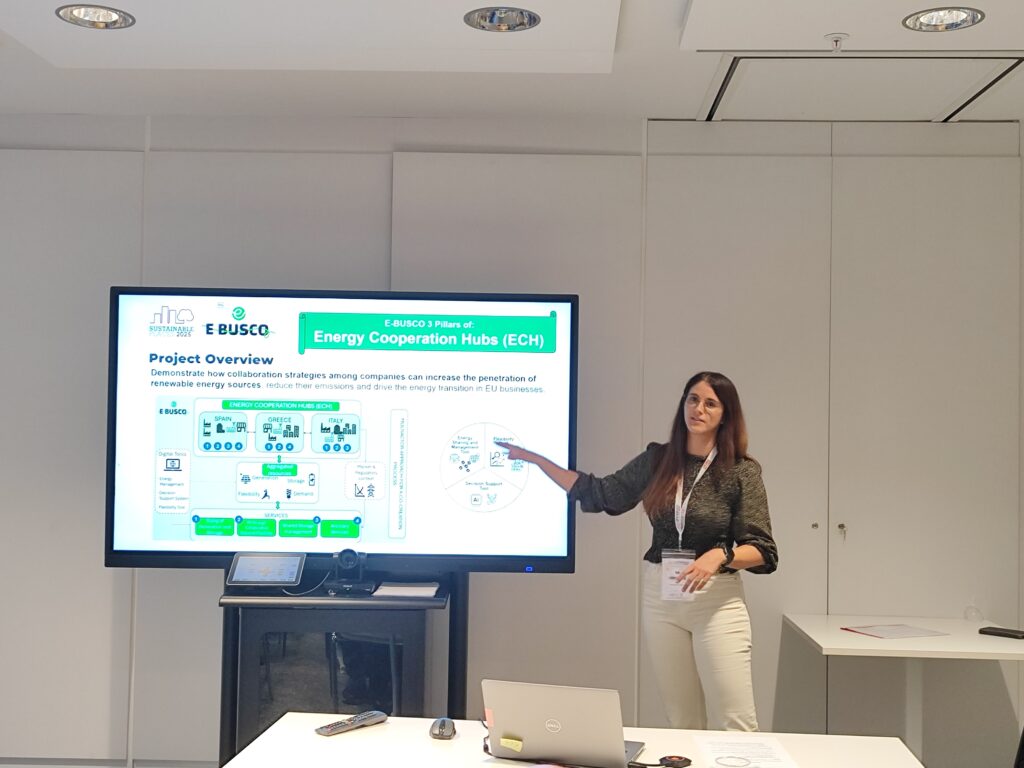
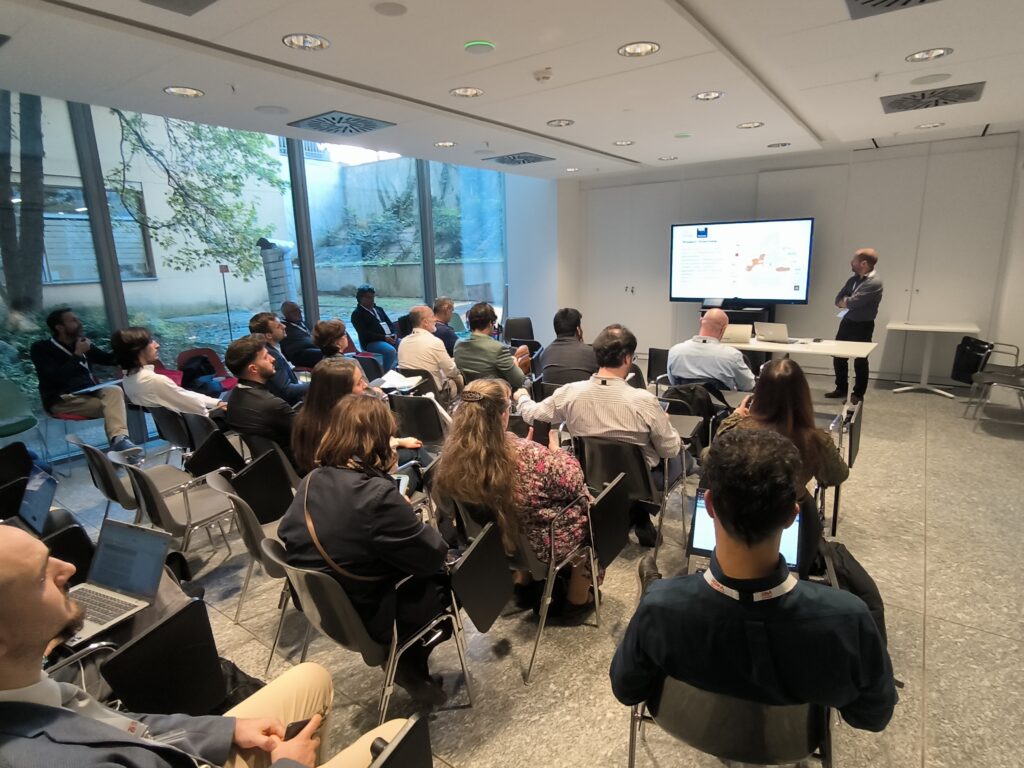
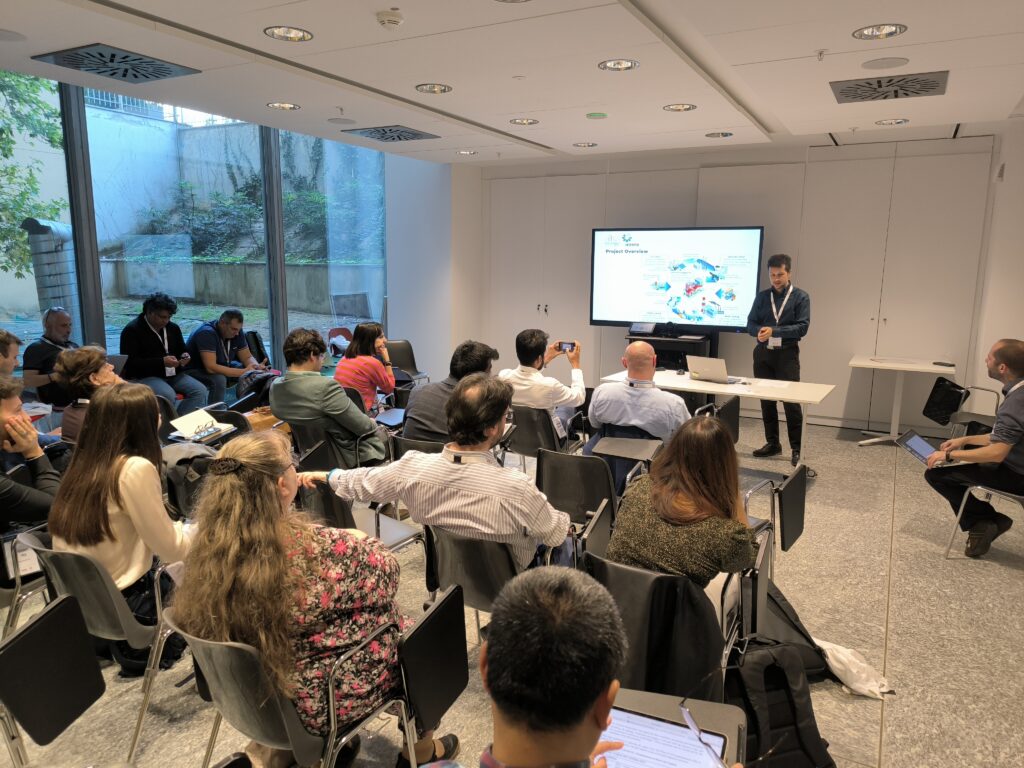
NEON’s Contribution to the Discussion
At the workshop, Dr. Fausto Sainz from Comet Global Innovation presented on behalf of the NEON project, showcasing NEON’s innovative method for developing flexible energy communities. His presentation outlined how NEON constructed a comprehensive framework that covers all three workshop pillars, with a special focus on establishing a fair and equitable system for everyone involved.
NEON’s vision is both ambitious and practical. The project pursued to enhance building energy efficiency, promote renewable energy generation and storage, and improve demand flexibility to achieve higher energy savings, lower CO2 emissions, and reduced costs across various sectors. By emphasising Citizen Energy Communities, NEON accelerated the adoption of these services and supports European communities- both residential and non-residential- in becoming more energy efficient.